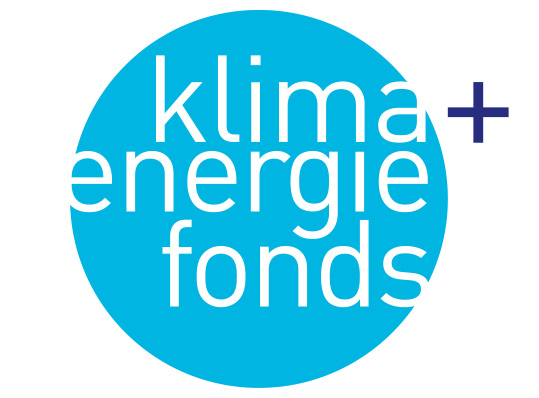Fact Check Green Finance
How we can use our money to help save the climate
Heat waves, drought damage, weather catastrophes and species extinction are all increasingly underscoring the consequences of climate change. Every week thousands of young people are taking to the streets all over the world, calling for ambitious climate policy. There is greater awareness than ever before that rapid action is needed.
To reach the goal of keeping the rise in global temperature well below 2°C, possibly even below 1.5°C, the 2015 Paris Climate Agreement is intended to direct all financial flows towards a low carbon and climate resilient development. It is true at all levels, whether international, Austrian, regional or local, that massive investment in climate protection is needed if we are to ensure a sustainable future. At the same time, the financing of climate-damaging activities has to be stopped.
Almost all of us have money invested in some form, be it in a saving account, life insurance, occupational benefits, investment funds or an investment in the real economy. The issue with all these forms of investment is not only one of return and risk, but also how that money is being used: Where is it invested? In which companies, industries and projects? And equally: How climate-damaging or friendly is an investment? A key success factor will be whether, in addition to public funds, significantly more private capital can be mobilized for climate protection. When it comes to investment strategies, ecological and ethical criteria are becoming increasingly important for private as well as institutional investors.
Increasingly the focus is shifting to the risks resulting from climate change, to long-term changes in the natural world, and to social responsibility. Climate and environmental competence is in growing demand in the financial sector. This “Green Finance” fact check, published as part of the respected fact check series of the Austrian Climate and Energy Fund, presents relevant information and explanations, and serves to generate awareness, motivation and activity. The upcoming years will decide whether we can succeed in slowing down climate change as much as possible, and turn to a successful and sustainable path of development.



